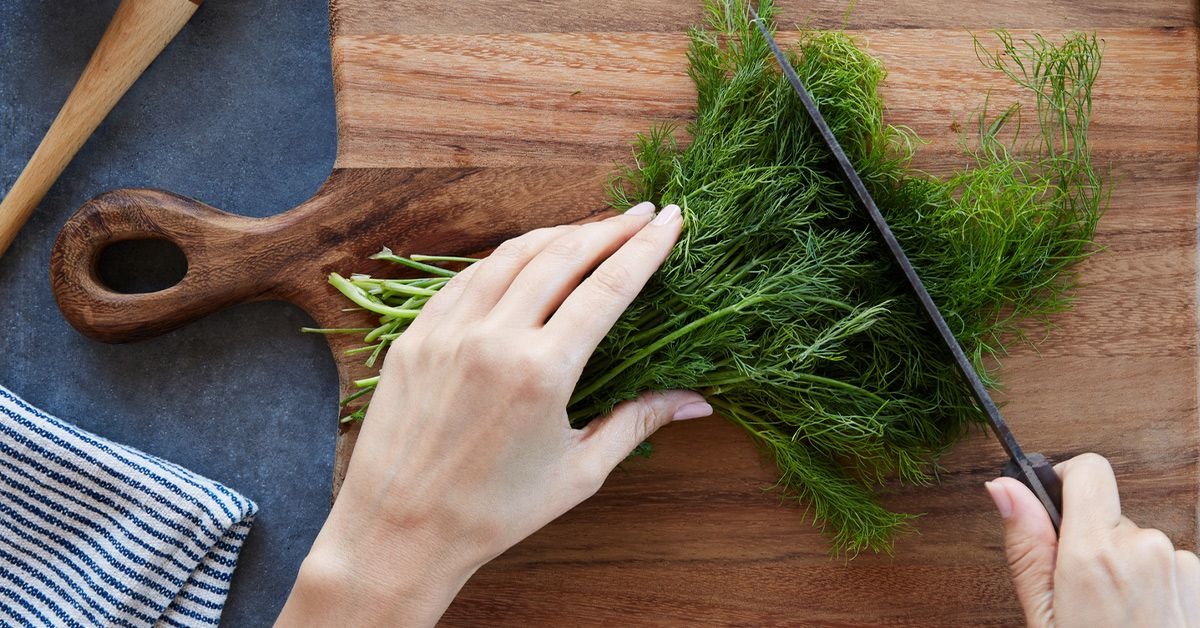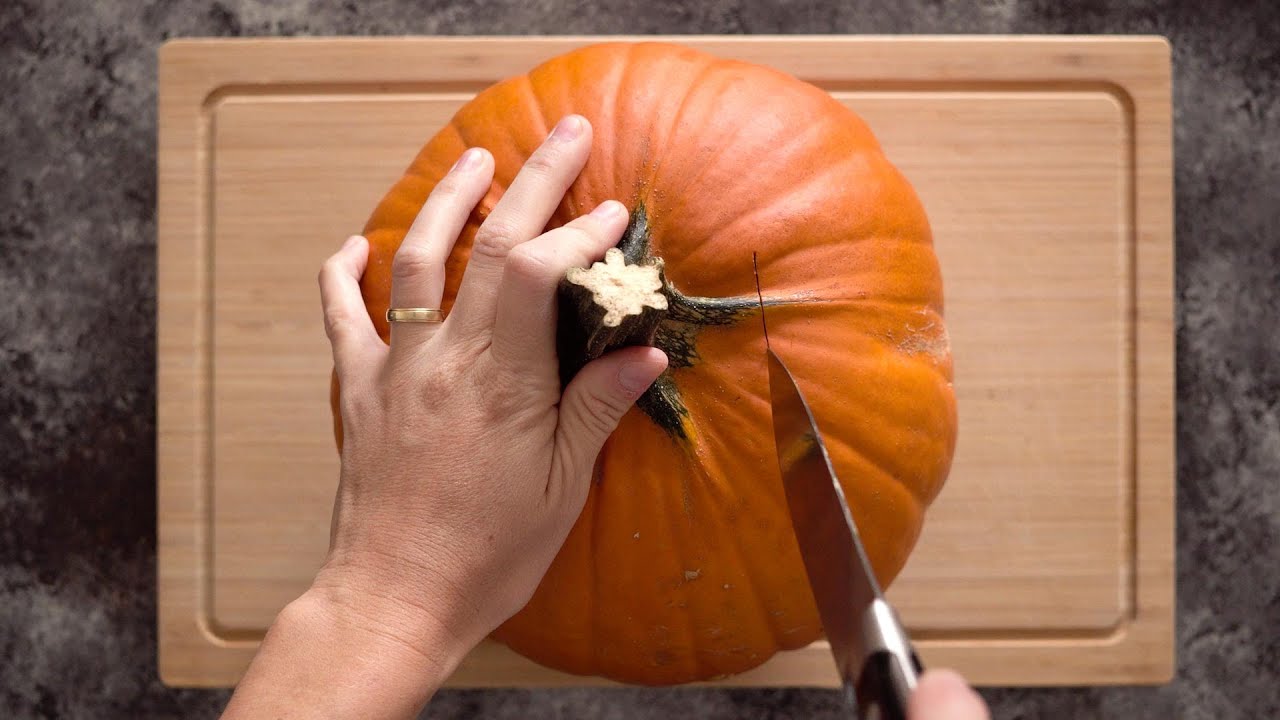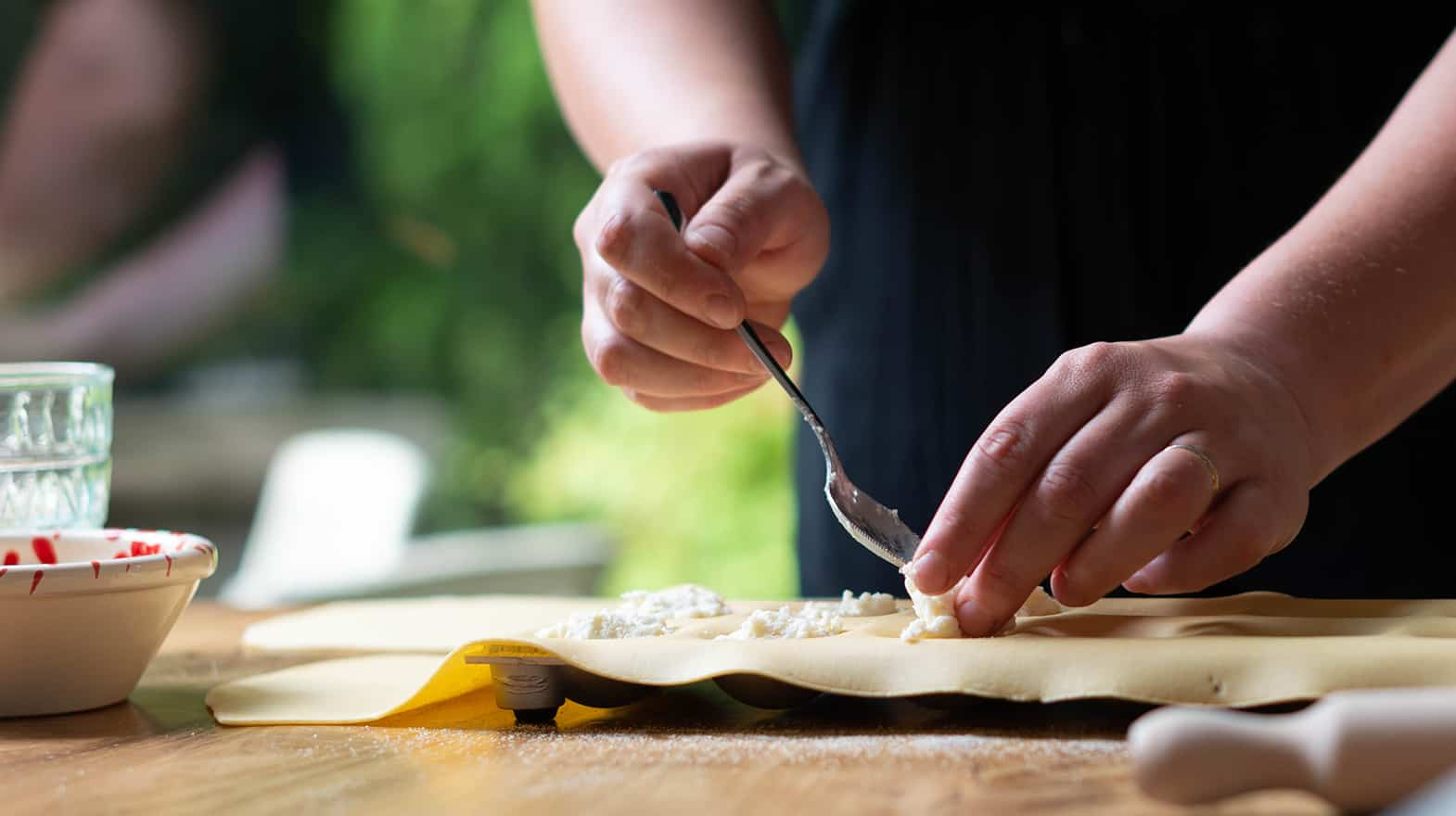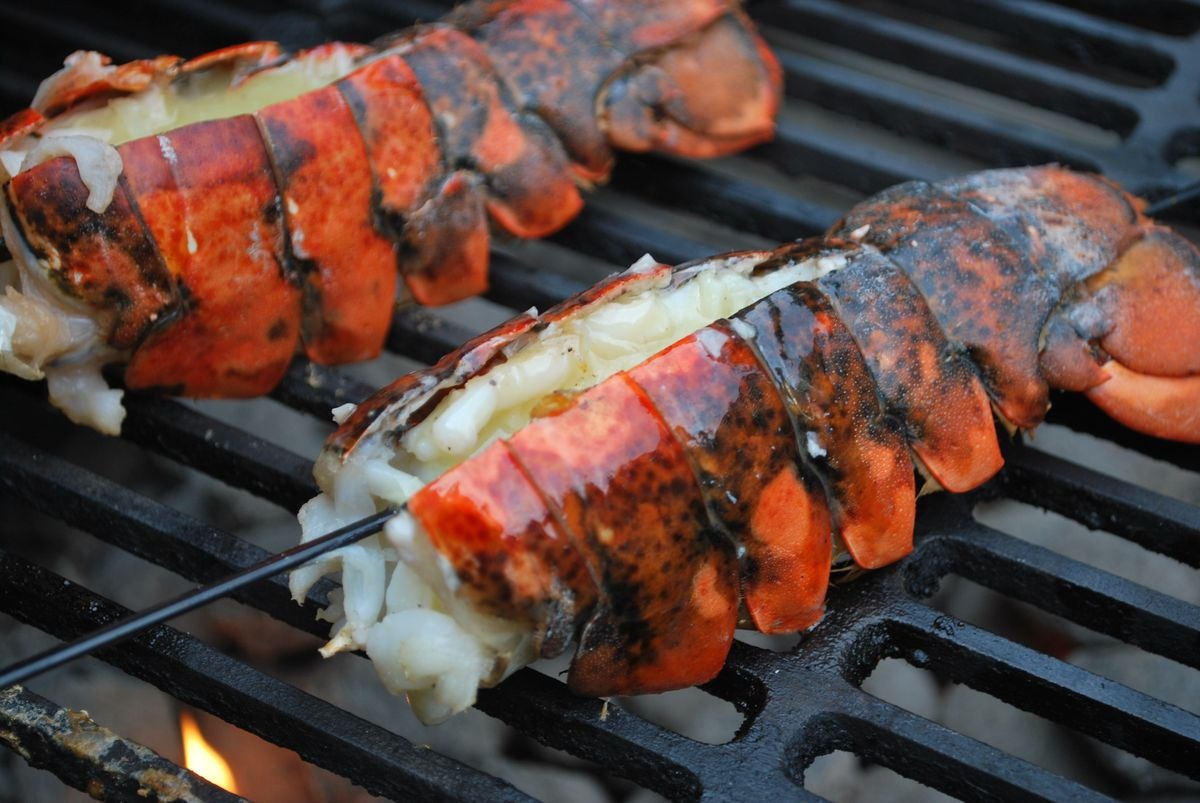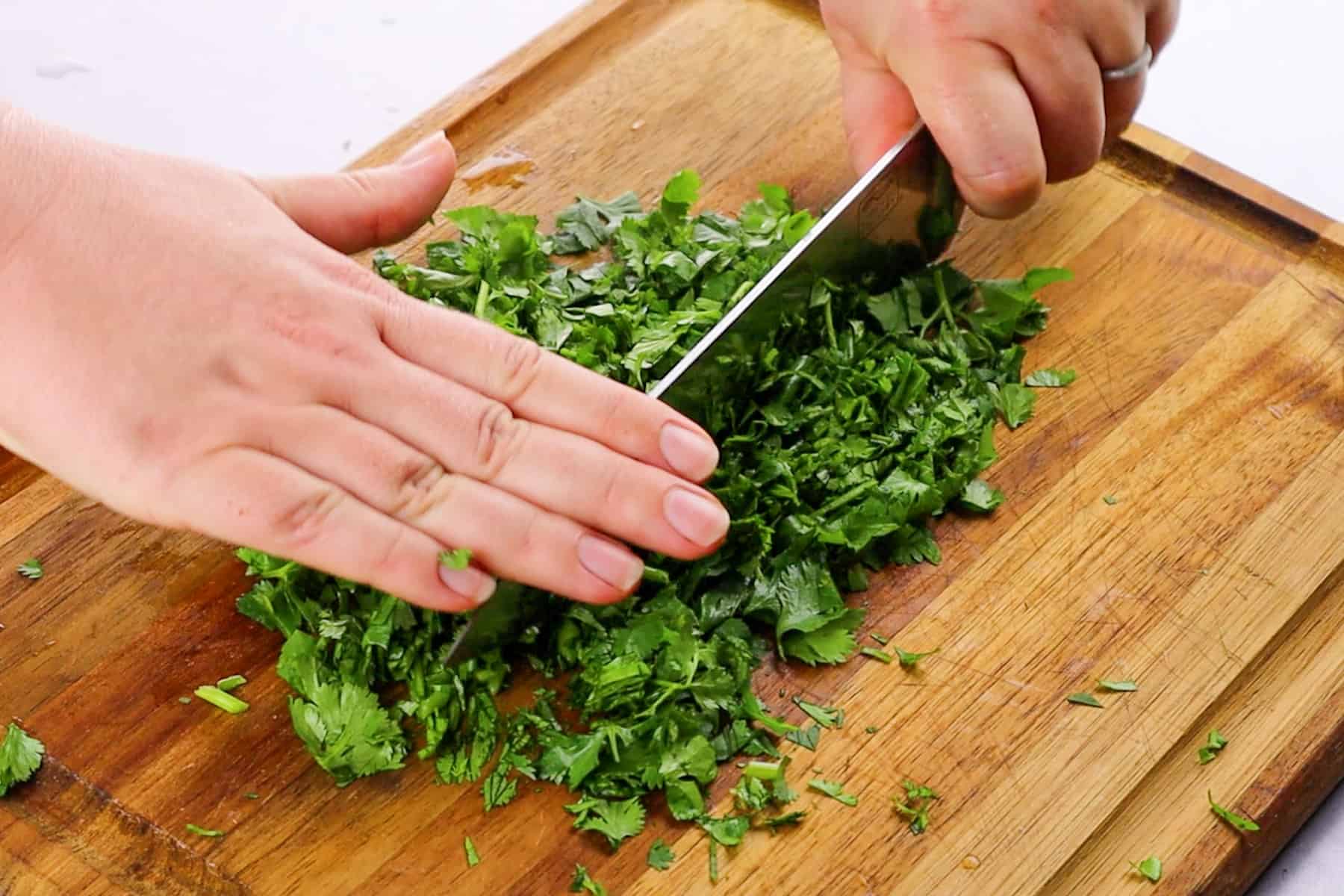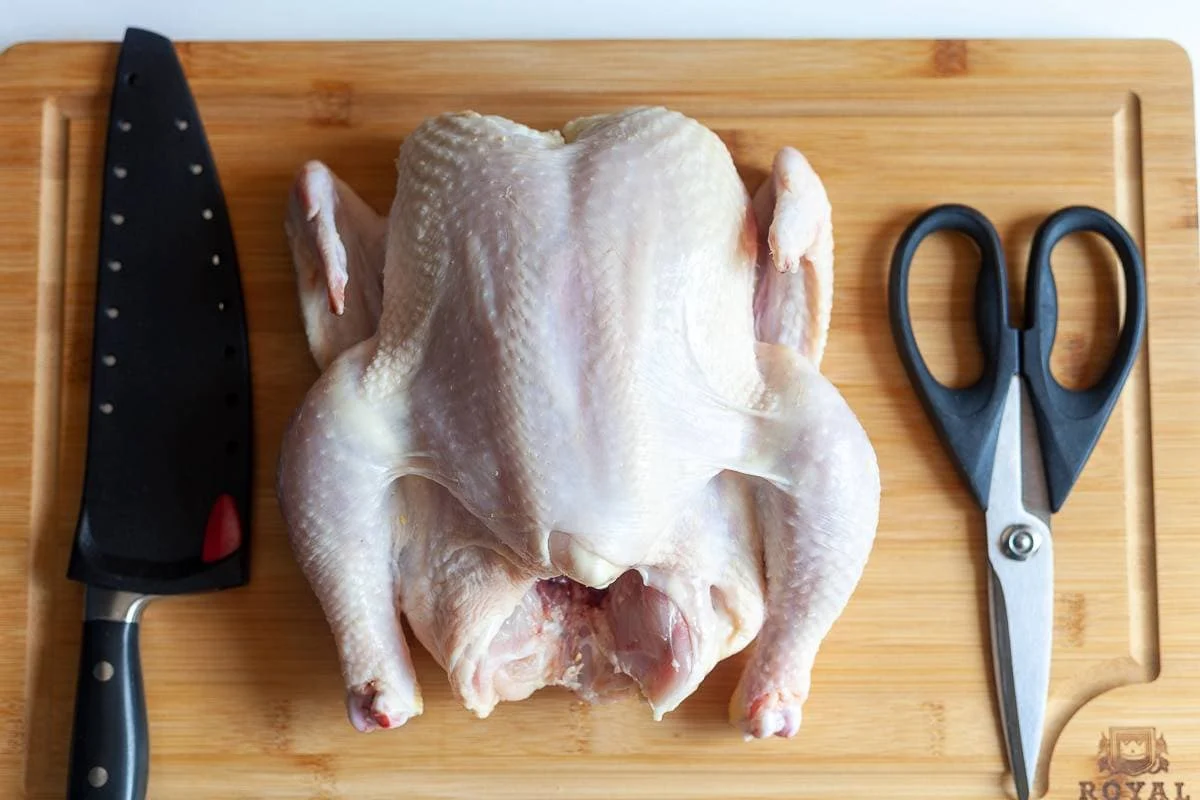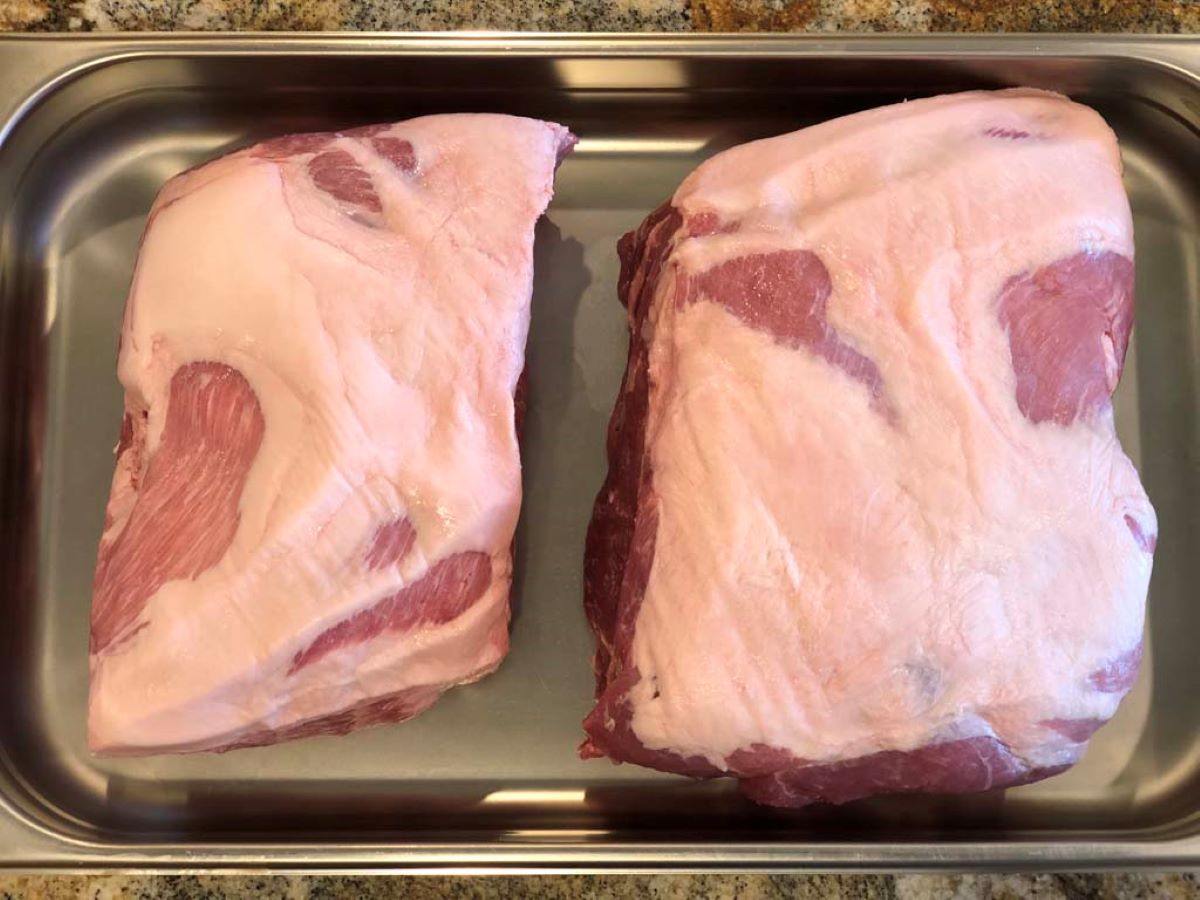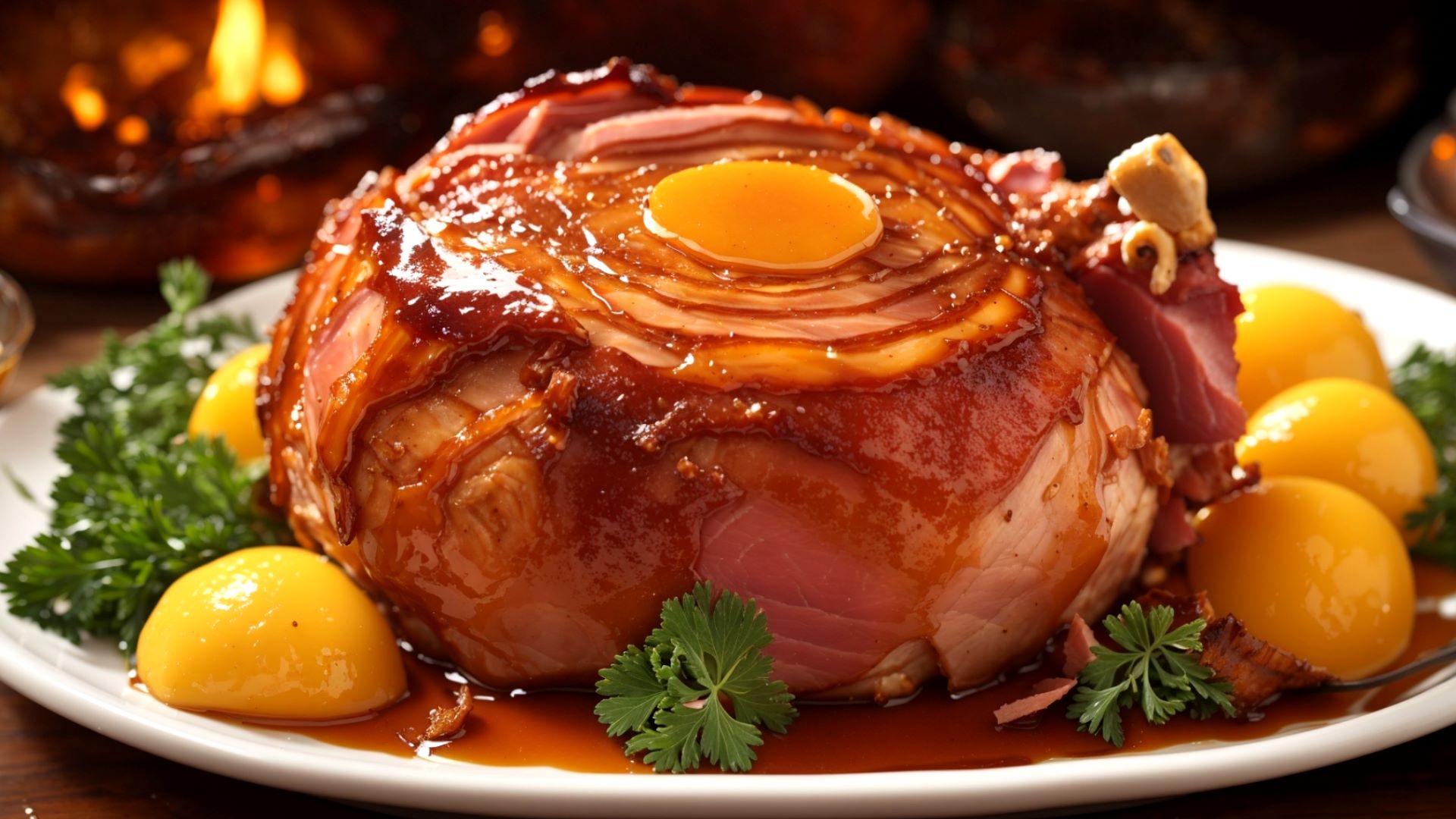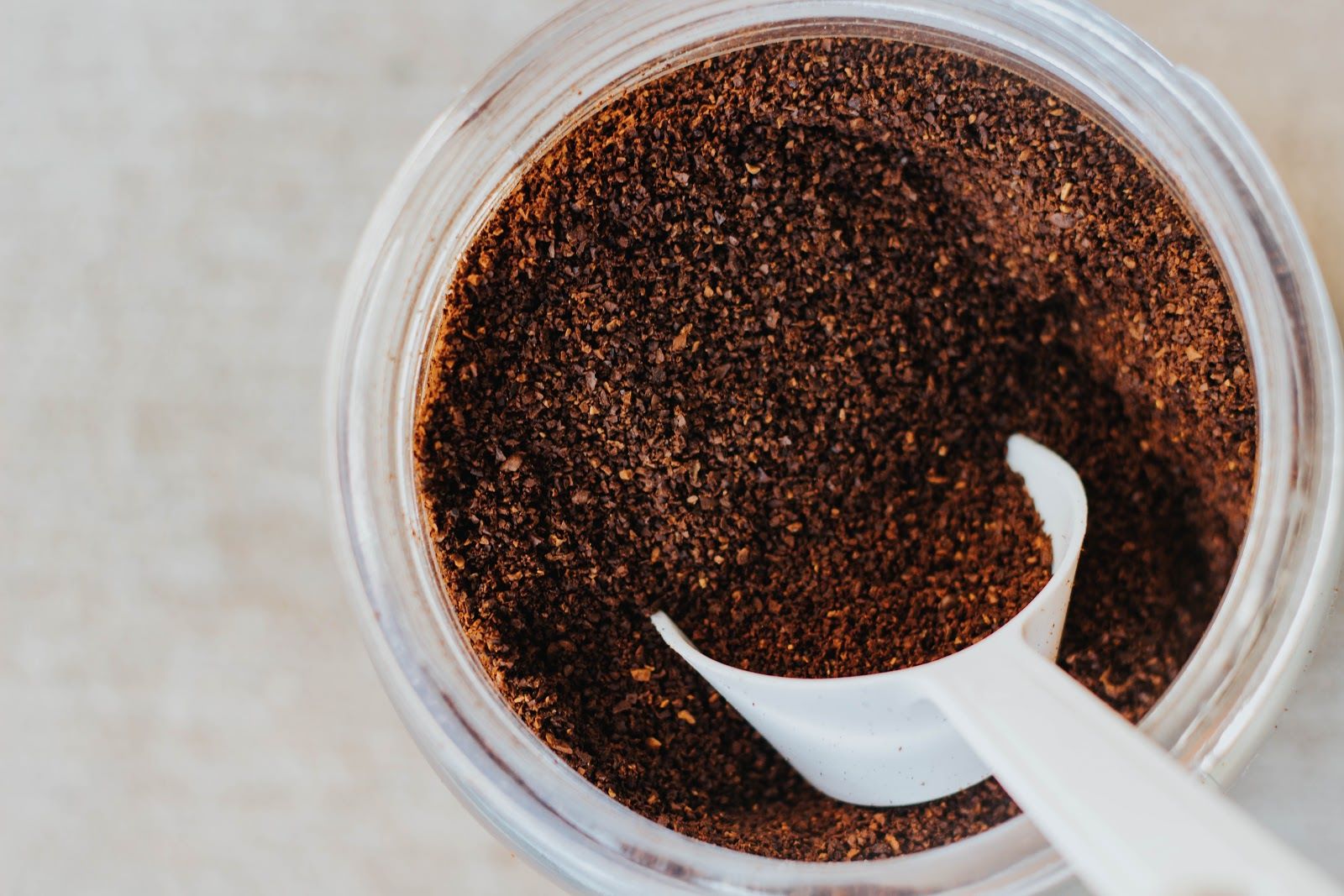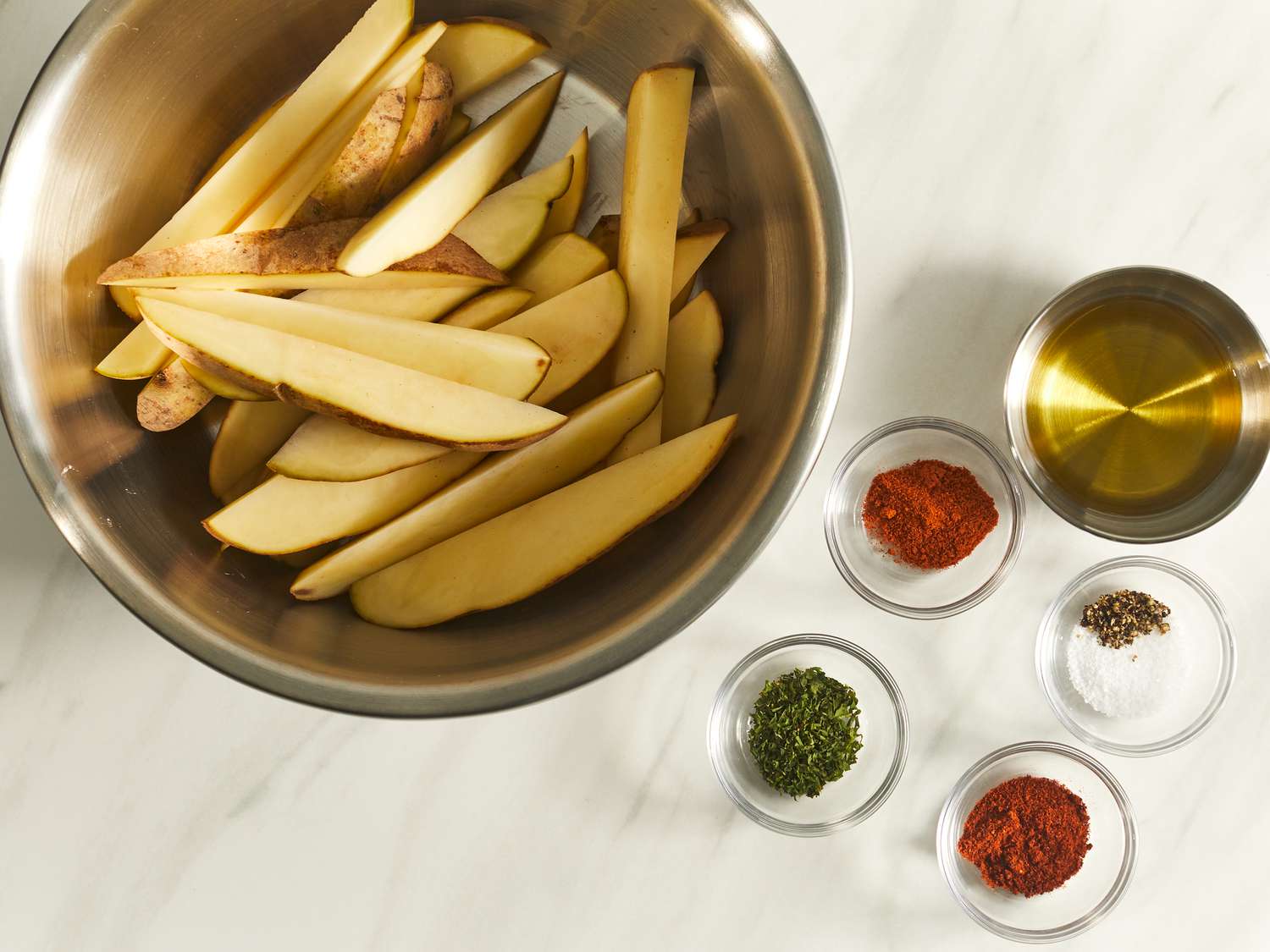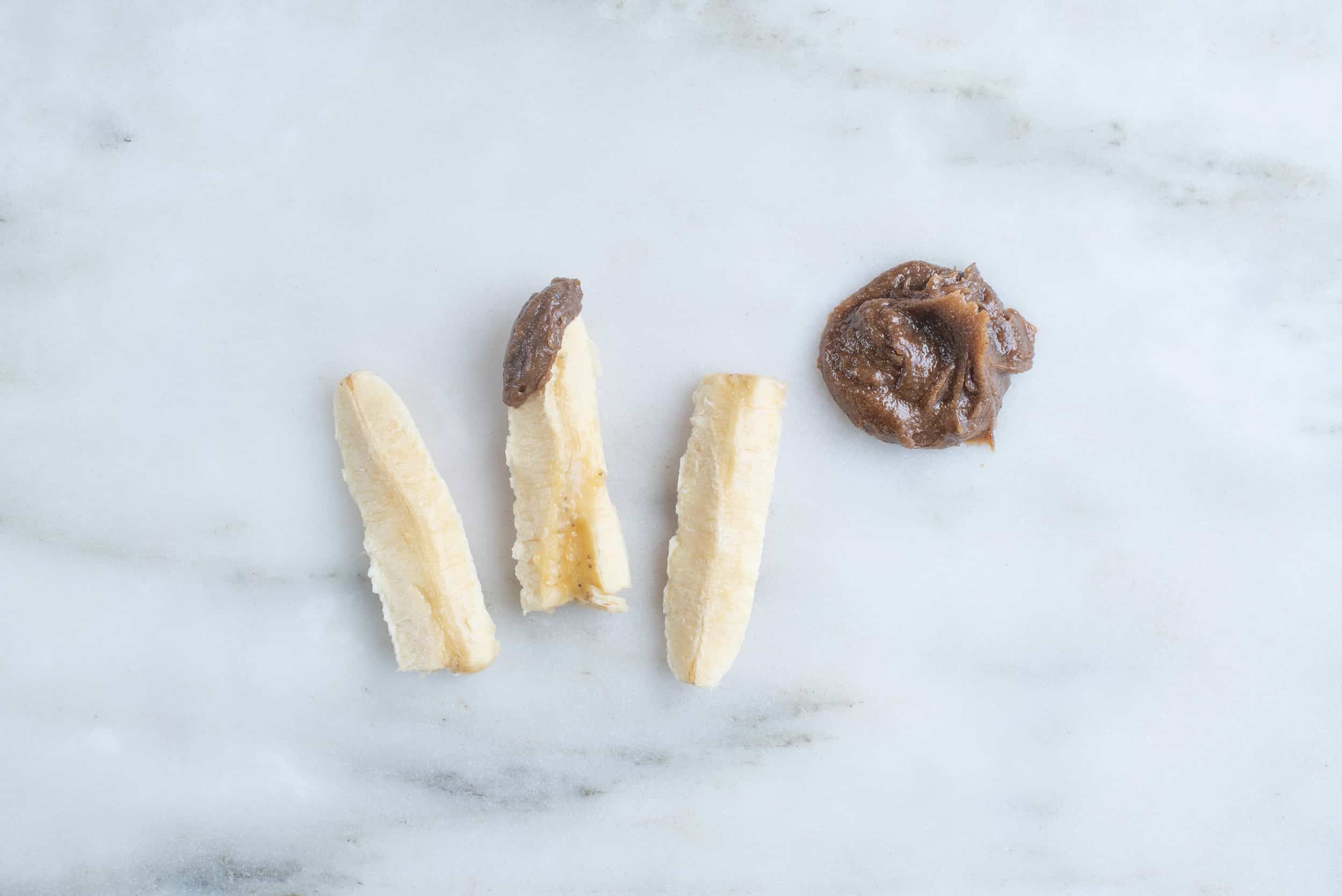How to Cut Carbs and Sugar From Your Diet
Are you tired of feeling sluggish and bloated? Do you want to improve your health and lose weight? One effective way to achieve these goals is by cutting carbs and sugar from your diet. In this article, we will provide you with some simple and practical tips to help you on your journey towards a healthier lifestyle.
1. Understand the Importance of Cutting Carbs and Sugar
Carbohydrates and sugar are two major contributors to weight gain and various health issues such as diabetes and heart disease. By reducing your intake of these two substances, you can significantly improve your overall health and well-being.
2. Start Slow and Set Realistic Goals
Going on a low-carb or sugar-free diet can be challenging, especially if you are used to consuming these foods regularly. Instead of trying to eliminate them all at once, start by reducing your intake gradually. Set realistic goals that are achievable for you.
3. Choose Complex Carbohydrates
Carbohydrates are essential for energy, but not all carbs are created equal. Opt for complex carbohydrates such as whole grains, legumes, and vegetables. These foods contain fiber, which helps slow down digestion and keeps you feeling full for longer.
4. Replace Sugary Drinks
One of the easiest ways to cut sugar from your diet is by replacing sugary drinks with healthier alternatives. Swap soda and fruit juices for water, herbal tea, or naturally flavored infused water. Be mindful of hidden sugars in store-bought beverages, and opt for homemade options whenever possible.
5. Increase Protein and Healthy Fats
Protein and healthy fats are important for maintaining muscle mass, promoting satiety, and supporting overall health. Include lean sources of protein such as chicken, fish, tofu, or beans in your meals. Incorporate healthy fats from sources like avocados, nuts, seeds, and olive oil.
6. Read Food Labels
When grocery shopping, take the time to read food labels carefully. Pay attention to the carbohydrate and sugar content per serving. Avoid products that contain added sugars, high fructose corn syrup, or other hidden sources of sugar.
7. Plan and Prepare Your Meals
Planning and preparing your meals in advance can help you stay on track with a low-carb and low-sugar lifestyle. Create a weekly meal plan that includes a variety of nutrient-dense foods. This way, you will be less likely to reach for unhealthy options when hunger strikes.
8. Find Healthy Substitutes
Cravings for carbs and sugar can be challenging to resist, but there are healthy substitutes available. Instead of reaching for a bag of chips or cookies, try snacking on nuts, seeds, or crunchy vegetables. To satisfy your sweet tooth, enjoy fresh fruits or opt for sugar-free desserts.
- Conclusion: Cutting carbs and sugar from your diet can have a positive impact on your health and well-being. By following these tips and making gradual changes, you can successfully reduce your carb and sugar intake and improve your overall diet. Remember to stay consistent, set realistic goals, and be kind to yourself throughout this process. Your body will thank you!
Was this page helpful?
Read Next: How To Cut Chicken Breast For Kabobs
